Tips from Olle Garden Bed: Transplanting Seedlings Safely
Have you ever thought about how to transplant seedlings? It is an annual ceremony to start planting and transplanting them. Depending on what you want to grow, there may be a learning curve involved. Some plants perform well during transplantation, while others suffer from transplantation shock. And there is time to remember. The following content also has some reference value for raised garden beds.
The starting style you use also affects how you transplant seedlings. The depth of planting is also important. You may have used fermenters in the past but failed, or you want to try a new seed starting method to prepare for hardening. There are solutions to these problems!
The fact remains that good work done in the beginning will put you on track when the growing season comes. When you are fully prepared and follow the correct procedures, you can easily achieve the goal of planting delicious vegetables and providing you with good nutrition.
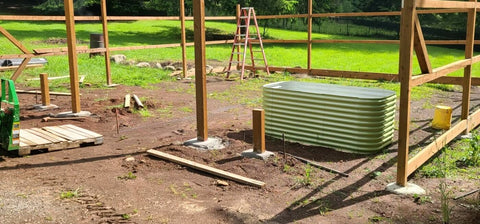
So let's talk about the context of transplanting seedlings!
When to transplant seedlings
Your USDA area and frost date are the biggest indicators of the right time to plant a new graft. If the seedlings are sensitive to cold, you do not want to plant seedlings before the first frost, nor do you want to plant cool season crops when the weather is warm. Another factor to consider is whether you want to place them outdoors or in an indoor container. Let's introduce some tips to help you decide if the time is right.
Quenching abscission
This applies only to plants that will live outdoors in gardens or growing spaces. You do not need to plan to keep the plants hardened indoors. After sowing indoors and taking care of each seedling, please follow the hardening process of individual plants before transplanting. New seedlings are not suitable for outdoor temperature immediately after germination, so gradually expose them to the natural environment.
To harden them, first take the seedlings outdoors for a few hours in the warmest part of the day. Then bring them in. In the next few days to two weeks, increase their outdoor time. First, keep them away from the direct sunlight, and then gradually introduce them into the direct sunlight, so that they will not be scalded by the direct sunlight. Eventually, your plant will be able to spend the night outside, and once you replant it, it will be fully exposed to the sun.
You can also harden seedlings in a cold frame. These are very suitable for those who need hardening in spring. Use the same procedure as hardening without a cold frame, but then leave the frame in your garden. When the temperature is too cold, just close the cover of the frame; A good cold frame ensures good sunlight through the plant. Make sure to open the cold frame on warm days to allow excess heat to escape. Cold frame is a good way to protect young plants from dry wind or accidental frost.
Cool seasonal time
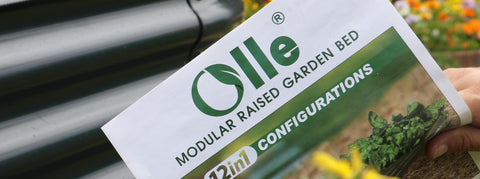
Cold season crops can withstand cold, but they do not perform well in hotter temperatures. Therefore, transplant outdoors in the early spring 2-3 weeks after the last frost date. This applies to most USDA regions where the seasons are clear or the winter is cold. In tropical areas or areas where it is warmer than cold all year round, plants will be planted in late autumn and in winter. Some cold season crops that need to be planted at the end of spring can also be planted 2 to 3 weeks before the first frost date. The key is to have enough time between the transplant time and any severe freezing conditions to allow the plant to establish.
Warm season time
Warm season crops are always planted after the last frost date in spring. They often only live in warm weather and produce during that time. Many annual plants are warm season crops. Here, it is important to set the replanting time after the last spring frost as 2-3 weeks. More gardeners in tropical areas are more suitable for planting only warm season crops outside, and can only leave crops in cold season for colder winter. Those who have an obvious and long winter must act quickly and decisively. For example, in Michigan, there was a lovely temperate summer where warm crops thrived. The only harvest is the coming Arctic winter. Similarly, in very hot areas, crops may not perform well under extreme high temperatures and often complete their cycles in late summer.
In some cool areas of the country, winter planting can prepare your crops and have adapted to their climate to some extent when the ideal time for replanting comes. This technology is very useful for people who want to make the most of the limited warm weather season.
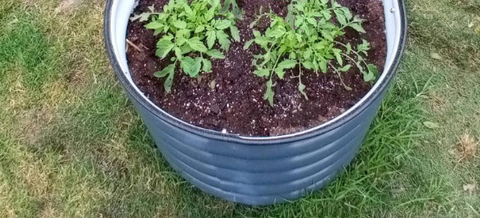
Transplantation shock
When the roots of seedlings are disturbed in the process of transplanting, transplanting impact will occur, causing pressure on seedlings. Don't start these plants indoors. Instead, plant seeds directly in the garden. Make sure they are not in danger. It is sometimes helpful to use frost or sunshade cloth at the beginning of the growth cycle. It is also a good idea to cover them or set up barriers to prevent animals or pests from eating them!
Some examples of species that are difficult to replant are root crops such as carrots or parsnips. Since the main roots of plants need to be directly downward, placing them in the starting block or unit will cause unnecessary distortion of the root. Other species only have fragile roots, which are easily injured in the process of transplantation. Check your seed pack to see if your variety should be seeded directly or started in another way.
Startup method
You have many choices about how to start planting plants that are not directly seeded into the garden soil. Find out which one is best for you, and you will be more successful when migrating.
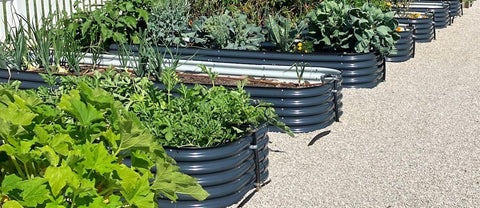
Clod
The soil block skips the need for seed starting pots, which may cause interference to the roots when you plant seedlings on the garden bed. In the starting block, the potting mixture is combined with elements such as compost to keep the shape without container. The potting mixture combines with water to form an independent block, which can maintain its shape by pressing soil blocking agent or making a ball. Seedlings grown from soil blocks can be directly planted in the garden with a hand spatula when the time is ripe.
Seed initiating cell
No soil blockers? Consider using our Epic6 cell seed starter tray. These cells are an excellent way to grow seeds in containers containing the growth medium of your choice. They have a hole in the bottom that allows you to push new transplants without breaking a fragile plastic cell tray to take them out. When it is necessary to replant, the seedlings with a disturbed root ball will also suffer much less fluctuation. They include air pruning grooves on each side to promote healthier root growth on seedlings. Start your plants in these cell pots and move them into the garden or a larger container as they grow.
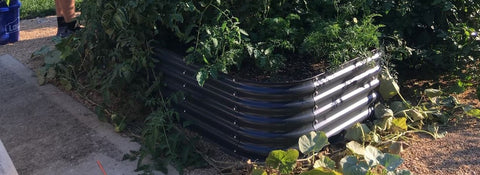
Plastic pans and trays
If you have been gardening for some time, you may be familiar with the fragile plastic personal flower pots and nursery trays. Typically, these are paired with heating pads and growth lights to help start. Fill them with fermented mixture, insert seeds, water, and wait for seedlings to grow. After the seedlings have grown real leaves and become hard, they are removed for transplantation and placed in the ground or holes in the pot. These are very effective for seedlings that will not be impacted during transplantation. However, they do deteriorate over time. Occasionally, when you take them out of the pot for planting, there will be some soil left, and you need to take them out of the container. Instead of using these plants for shock prone plants, it is better to leave them to those plants that are hardy at the root. These are usually one-time starters.
Peat pot or other decomposition container
Another gardening method to address the risk of transplant shock is to use peat pots or similar containers made of coconut shells or compacted faeces. These should be planted directly on the ground, in flower pots and everywhere. Before replanting, gently tear the bottom of the pot apart to better contact the root. Peat is used in many soil mixtures and is biodegradable over time, as is coconut fiber or manure. For many people, peat pot gardening is the preferred mode of using seedlings. Another advantage of using peat pots for gardening is that they retain moisture and keep seedlings moist throughout the initial cycle.
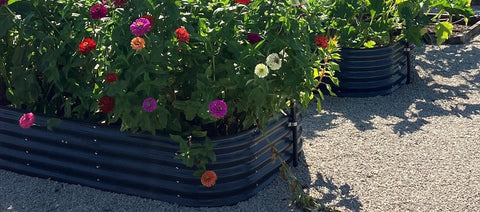
Granular starter
Some people find that kits that contain particles expand when warm or hot water is added. These particles become a self contained starting cell, usually composed of things such as coconut, coconut shell fiber contained in the fine mesh. They start the seeds well, but as the plants grow, they need to upgrade to a better medium over time. When using these, use sharp knives or scissors to cut the mesh before planting, because the mesh will not decay as quickly as other particles. If the root has passed through the grid, cut lines along the side so that the grid can expand outward during the growth process.
Tips for temporary transplantation
Maybe you have to make some pipes in your garden. You need to dig a hole to enter the pipe, just below the root of an established shrub or other species. In this case, move the established shrubs, trees or bushes to another area. Please note that movement may cause impact, so please be aware of this and keep gentle when moving. Carefully dig a perimeter in the soil around the flora you are building to get an indication of the root mass size. Prepare a planting hole at least several inches wider than the size of the root ball.
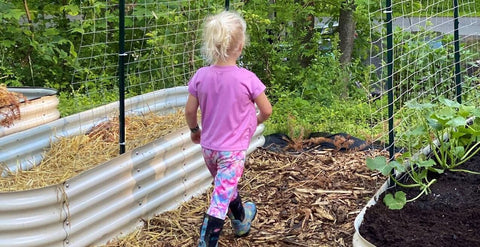
Choose an area with enough sunlight or shade, and make sure you have soil suitable for plants. Remove any stray weeds. Depending on how long it has been there, you may want to add some fertilizer to the hole. Put the root ball into the hole and replace the soil around the hole perimeter and the space between the stem. Make sure there are no exposed roots and that you plant in the right weather, as it is usually best to transfer plants during temperate seasons. After moving, pour it into water to fix it in place and add soil moisture to encourage root growth.
Underground transplant
For those seedlings that enter the garden directly, use a spatula or shovel to dig a hole large enough to contain the entire contents of cells, fermenters, or chunks. If you are working with plants such as tomatoes or flowers, add a small amount of fertilizer to the hole that is suitable for that particular plant. If necessary, turn the pan upside down and take out the start-up pan. Snuggle it under the soil surface and safely move the soil around the stem. Make sure the tip of the root is covered, and add water to keep the surrounding soil moist. Another way to keep the soil moist is to add a little mulch to the surface. Check newly placed seedlings every few days to make sure they are doing well in your garden.
If coconut pots, peat pots or dung pots are used, these can be planted in their flower pots at first. Be sure to open the bottom of the pot and let the young roots freely enter the soil under the pot. Over time, the rest of the pot will deteriorate into the soil, but you need to make sure that the root system is free of growth obstacles.
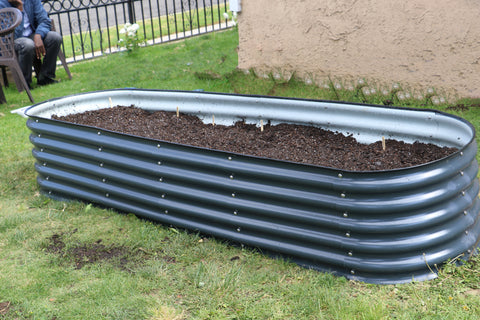
Migration depth
An important thing to pay attention to in graft gardening is the depth of seedlings. This is very different for different plants. For example, trees should not be planted to the same depth as peppers. They have different roots and different planting depths. The planting depth of trees should be the same as their depth in the fermentation tank, and care should be taken not to cover any grafting joints. In contrast, pepper seedlings can always bury their stems on the lowest leaves if necessary, just like tomatoes, they will produce additional roots along the stems. Before you start, do some research to find out how to transplant specific seedlings.
Container migration
If you live in a place where spring and summer are short, consider planting some plants in the garden in some seasons, and then moving them indoors. In this case, the container is essential. Plants like tomatoes perform well in high temperatures, but in autumn or late autumn, tomato plants are not easy. Consider planting them in containers where they can spend part of the season in the garden and the rest of the time indoors. The same procedure outlined in the previous section applies to container gardens. Prepare holes large enough to fit the seedlings. Then plant it.
Note that the depth of replanting applies to the container as it applies to underground planting. Don't go too deep or too shallow! In addition, if you are dealing with a perennial plant that will exist for a period of time, it may be easier to continuously upgrade the size of its planter over time than to have a small seedling in a huge pot. This also reduces the risk of over watering. Less soil means less wet conditions for seedlings.
common problem
Q: How big should the seedlings be before transplantation?
A: It depends on the plants. One way to know that the seedlings are ready to enter the garden is to look for at least some fully developed true leaves.
Q: How to transplant small seedlings?
Answer: The seedlings are very tender and should be handled carefully. In order to avoid disturbing the root, please use a peat starter with a large hole of starter cells or soil blocks at the bottom. The decomposed container can also prevent root interference.
Q: How long can the seedlings stay in the tray?
A: It depends on the vegetables or fruits you are planting. Most are planning to move in a few weeks. Look for plants that have at least some real leaves, and make sure they harden in outdoor conditions or are otherwise protected from bad weather.
